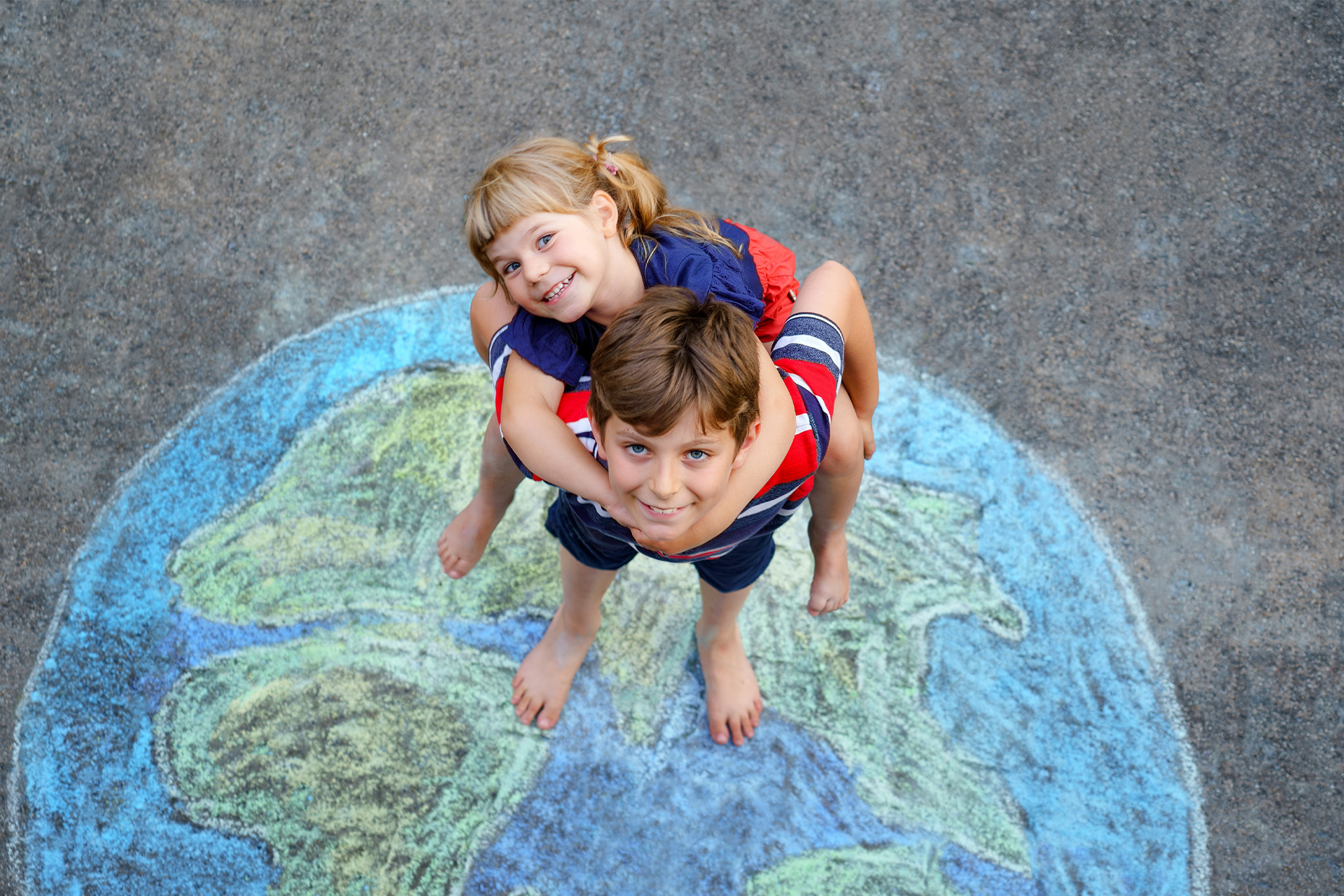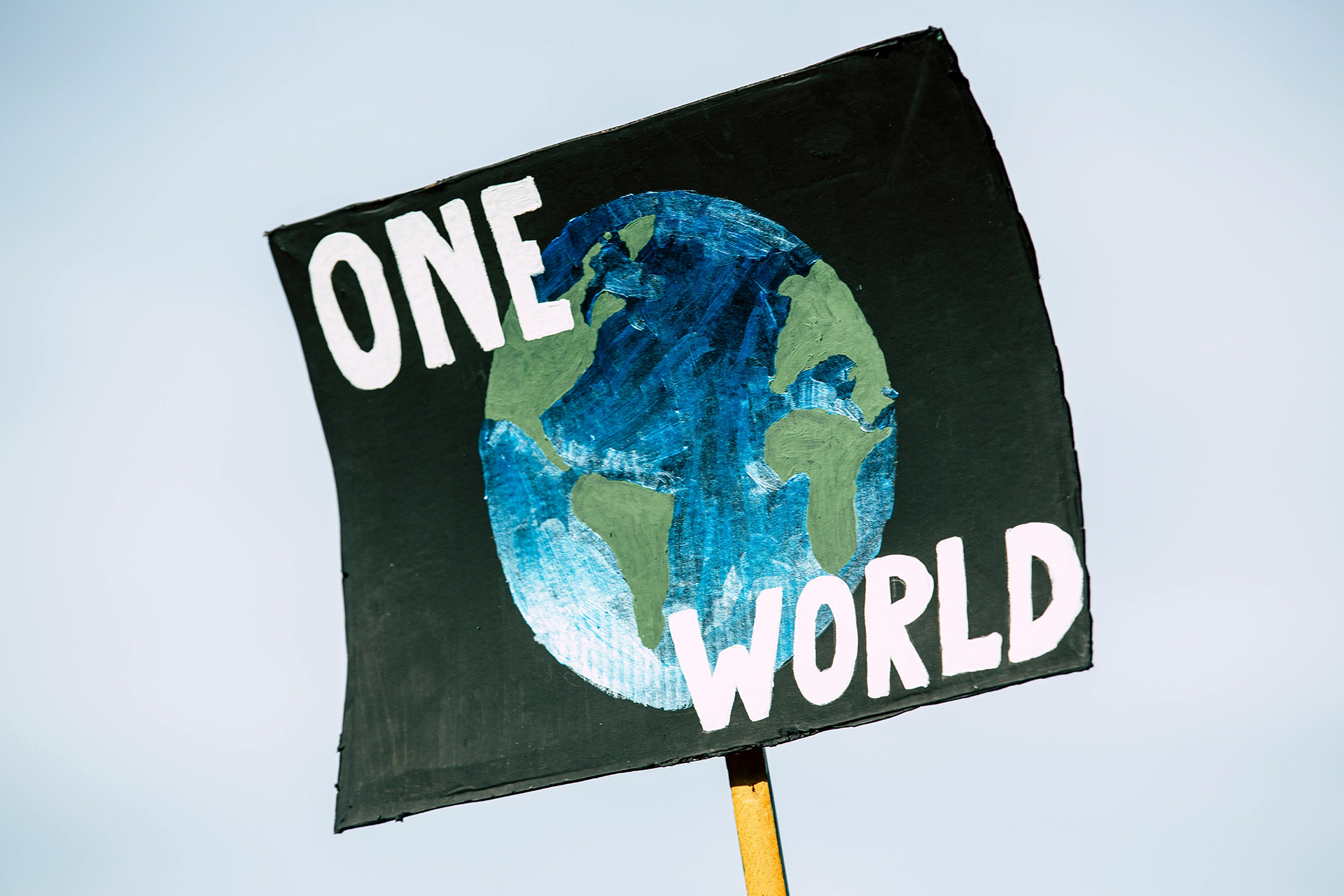World Environment Day: How To Talk To Kids About Climate Change
By
1 year ago
Five useful tips

As its World Environment Day, it’s a great opportunity to talk about climate change with young people. Mark Hall, sustainability expert, father and co-founder of Business Waste shares five ways that we can introduce the topic of protecting our planet to kids.
He says: ‘Simply try to approach the topic in both an informative and reassuring way to help them understand the challenges without feeling overwhelmed but creating a desire for them to help.’

Climate change poster (Image: Pexels)
Introduce The Basics
It’s important to help children understand the basics of climate change first, explaining it to them using simple language. This includes topics such as rising sea levels leading to habitat loss. Using examples is often helpful too– for instance comparing the greenhouse effect to a blanket that warms the Earth.
Use Visual Supports & Storytelling
Using visuals and storytelling is an engaging way to teach children and could help them retain the information better. For example, using before and after images of glaciers and wildlife affected by habitat changes. Another useful learning experience for kids would be to hear stories about young environmentalists can help inspire them to make their own changes.
Encourage Questions & Open Feelings
Make sure you create a safe space where children feel free to express their feelings and ask questions. Be aware that some children may face eco-anxiety (feeling anxious about the impacts of climate change). Remember, no question is a silly question.
Connect With Nature
Spending time outside gives children the opportunity to appreciate nature. Get them involved in outdoor activities that promote a positive attitude towards nature, get creative with art projects, and have open discussions outside.
Get Involved
Be hands on and do small environmentally friendly acts together, whether it’s teaching them how to recycle materials at home, plant trees or partake in a local clean up. This will help them understand the individual responsibility we have to protect the planet.






